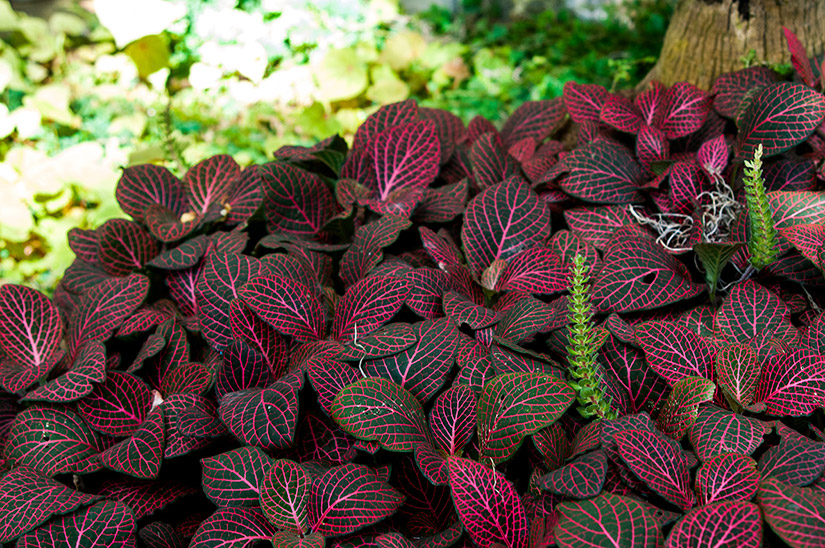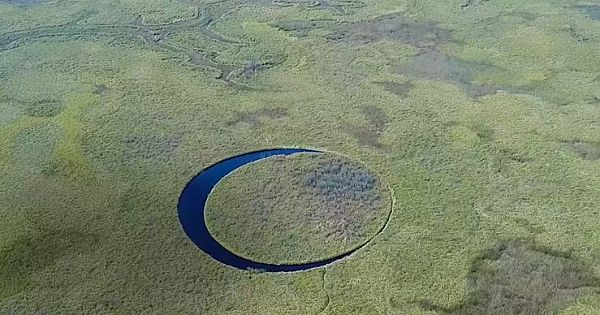The 12 Most Amazing And Uniquely Beautiful Houseplants You Never Knew Existed
You can probably recognize a cactus without a second glance. Even snake plants are becoming more and more common. But what about Crassula Umbella? Or trachyandra (say that five times fast). If you already have a home filled with plant babies that all look the same, you might want to make one of these varieties your next addition.
Nerve Plants: It's scientific name is Fittonia Verschaffeltii (Fittonia albivenis). The plant needs to be kept constantly moist with a high level of ambient humidity provided by frequent misting or by growing it in a tray filled with pebbles and water. Ideally, most growers find it's easiest to grow these lovely but temperamental plants in terrariums or covered gardens where they can get the high humidity and diffuse light they love so much. Fittonia grows well in standard potting soil with a peat-moss base. The soil should retain some moisture but should also drain well. During its growing season, feed plants weekly with a weak dose of liquid fertilizer formulated for tropical plants. A balanced 5-5-5 fertilizer diluted to half strength is a good formulation.




